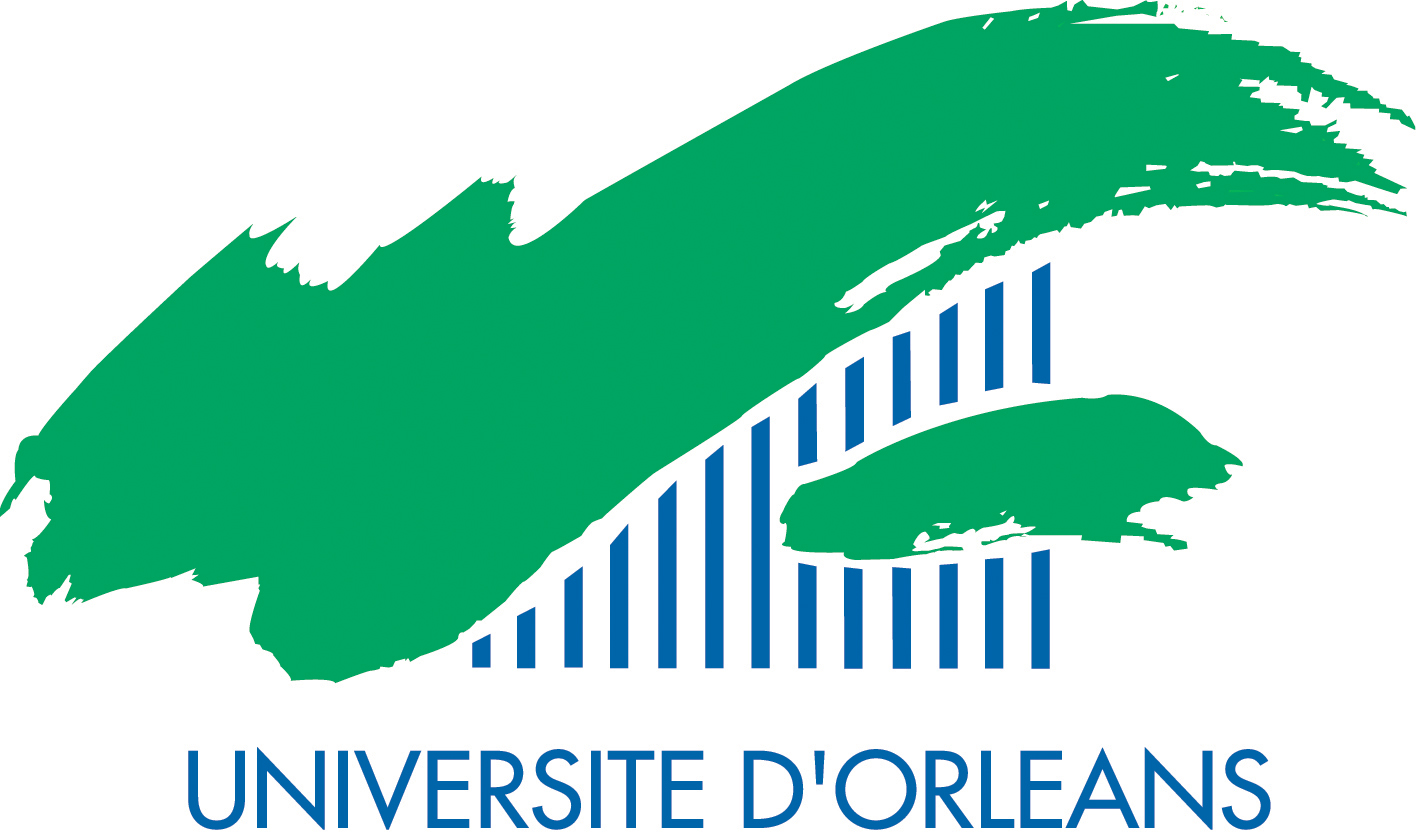Cell Electropermeabilisation Enhancement by Non-Thermal-Plasma-Treated PBS
Résumé
The eectiveness of electrochemotherapy (ECT) in local eradication of tumours in humanand veterinary medicine has been proven. ECT consists of increasing the uptake of cytotoxic drugsby means of pulsed electric fields (PEFs) that transiently permeabilise the cell membrane. Still, thistumour treatment includes some drawbacks that are linked to the characteristics of the intense electricpulses (EPs) used. Meanwhile, the emerging field of cancer therapies that are based on the applicationof non-thermal plasmas (NTP) has recently garnered interest because of their potentialities as richsources of reactive species. In this work, we investigated the potential capabilities of the combinedapplication of indirect NTP treatment and microsecond PEFs (sPEFs) to outperform in vitro cellelectropermeabilisation, the basis of ECT. Thus, phosphate-buered saline (PBS) was plasma-treated(pPBS) and used afterwards to explore the eects of its combination with sPEFs. Analysis of twodierent cell lines (DC-3F Chinese hamster lung fibroblasts and malignant B16-F10 murine melanomacells), by flow cytometry, revealed that this combination resulted in significant increases of the levelof cell membrane electropermeabilisation, even at very low electric field amplitude. The B16-F10cells were more sensitive to the combined treatment than DC-3F cells. Importantly, the percentage ofpermeabilised cells reached values similar to those of cells exposed to classical electroporation fieldamplitude (1100 V/cm) when the cells were treated with pPBS before and after being exposed onlyto very low PEF amplitude (600 V/cm). Although the level of permeabilisation of the cells that aretreated by the pPBS and the PEFs at 600 V/cm is lower than the level reached after the exposure tosPEFs alone at 1100 V/cm, the combined treatment opens the possibility to reduce the amplitude ofthe EPs used in ECT, potentially allowing for a novel ECT with reduced side-eects
Origine : Fichiers éditeurs autorisés sur une archive ouverte


